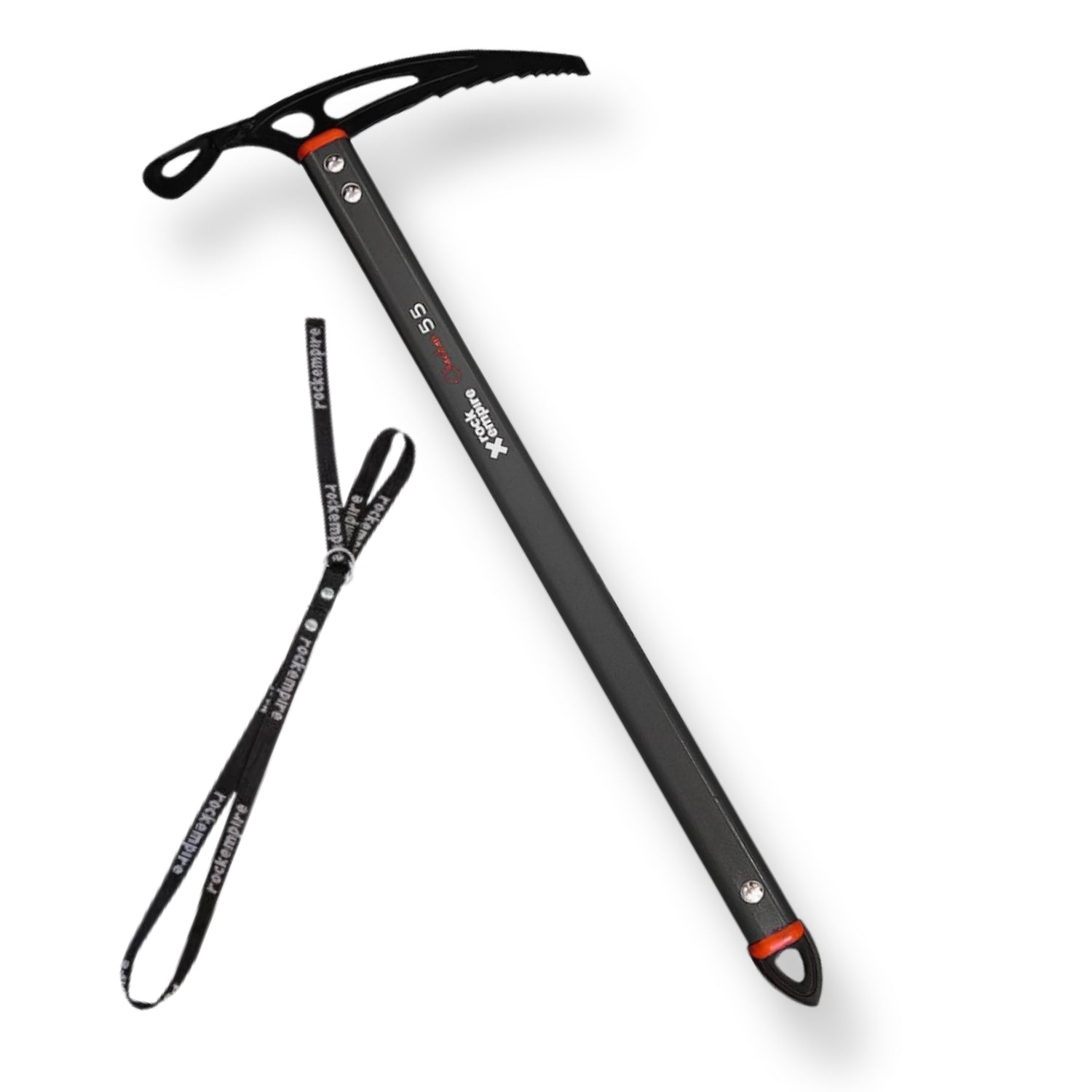[Updated December 2022] The 2022 Edition of Rockfax West Country Climbs is now available.
View other detailed product reviews from Rock+Run
Check out our Climbing Guidebook Collections
Rockfax West Country Climbs Review, by Dave Westlake.
Superlatives fall short when describing the brilliant climbing that is found in the South West of England. What is widely regarded as one of the best ‘destinations’ for British climbers is also one of the most diverse. A wide range of styles and rock types make it a wonderful place to explore and, for many climbers, the South West is a region to do just that on long weekends during the summer. The problem weekend warriors have been faced with has been that each of the many areas is documented in a separate guidebook. For the first time visitor to the region I imagine the bookshelf-full of different guides to choose from is pretty overwhelming. This makes the region perfect for a new selective book covering the major classics of each area.
Building on Pat Littlejohn’s excellent South West Climbs (2002), West Country Climbs brings that familiar, and dependable, Rockfax style to what is easily some of the best climbing in the country (have you guessed where I’m from yet?!).
Coverage
In terms of the geographical area is covers, West Country Climbs is possibly the most ambitious guide I’ve come across. While the concept is similar to South West Climbs, the remit of WCC is much broader. This means the book itself is pretty thick, and also that it really does stick to the classics. An upshot of this approach is that some crags only have a couple of lines on them, leaving the reader wondering what other routes might be there, but to be fair it also gives a very clear indication of which other guides show a more complete range.
Bullet points below show main climbing areas and some of the most popular crags within (although many others are also included).
Main Areas
Avon and Somerset
North Devon and the Culm Coast
Inland Cornwall
Atlantic Coast
West Penwith
The Lizard
Inland Devon
Torbay
Dorset
Key Crags
(Avon Gorge, Cheddar, Brean Down)
(Baggy Point, Smoothlands, Lower Sharpnose)
(Cheesewring, Roach Rock)
(Pentire, Tintagel, Carn Gowla)
(Bosigran, Clair Ladder, Sennen)
(Trewavas Head, Lizard Point)
(Dartmoor granite, Torbryan)
(Ansteys cove, Berry Head)
(Portland, Swanage)
The benefits of having such a vast number of crags in one book are pretty obvious, and I expect this is a key selling point for the occasional visitor. You could easily set off down the M5 with this in the glove box, knowing that it will be all you are going to need for an action packed holiday ticking classics. The Bristol area and even some of the DWS in Dorset makes it into this fun packed guidebook, meaning anyone in possession of a fast car and lots of motivation should never be short of options.
The various grade changes will ensure that the post-crag pub debate remains alive and well for a while, and the ones that I have noticed seem fair in most cases. This being a new publication, you do of course have the option of claiming the higher grade in all cases - with the justification of either “it’s grade X in the new guide”, or “it’s grade X in the definitive guide” – since both the adjectives new and definitive have an air of superiority when given the correct emphasis!
Style
It is no longer good enough for guidebooks to just give useful information – they now have to do it in style! It really goes without saying that the graphics and photography in this guide are excellent, in keeping with the other recent publications from Rockfax, the BMC and the Climbers Club. The cover image of a nice slab at Marsland gives a good impression of what is in store for the visiting climber, and perpetuates the widely-held assumption that it is always sunny (it always is at Marsland).
The style gives a feel for each of the very distinct areas, which is an achievement in itself as this is potentially difficult to pull off. The detailed photo-topos are probably even more useful here than anywhere else, as the hidden zawns of many crags often make it difficult to figure out if you’re in the right place.
Ease of Use
The main advantages this volume has over the somewhat ageing selection of definitive guides are arguable related to its ‘ease of use’ attributes. This is what Rockfax have perfected throughout their range and one of the features that make their guides really stand out.
The symbols are, as always, really helpful for an at-a-glance indication of what getting to the crag might entail, or what you’re chosen route will involve. The lists are also excellent, and a distinct advantage over the competition; in a book that covers so many places it is very useful to have a quick reference point telling you how many mid grade lines there are, and how long the approach will take, etc, at your list of prospective venues. The tab feature at the edge of each page is possibly my favourite aspect of Rockfax guides, and makes finding the right page an absolute doddle. Another very useful addition that has crept into the last few Rockfax releases is the cover flaps that both make bookmarking easy and the cover more durable.
Summary
All things considered, Mark Glaister has done what I would have said was a near impossible task. Compiling the best routes, along with a plethora of useful info, from such a wide variety of crags must have involved a lot of hard work. The production values of Rockfax put this collection of classics into a well polished format, and the whole package makes for a great companion to some of the best adventures your are ever likely to have!















